|
Is there a way to change the color of your overlock thread without re-threading your entire machine? Yes! There absolutely is! And it's super simple to do even for sewing beginners. It is so common to feel intimidated by threading an overlock machine. After all, you have to handle 4 spools of thread each having their own separate directions and designated guides. However, if you take each thread step by step, threading a serging machine from scratch is not really all that difficult. As is true for anyone in the process of learning how to sew, practice always makes perfect. It's also important to keep in mind that working smart is always better than working unnecessarily hard. Being efficient during the sewing process is something you learn with time and continued practice. On that topic, one of the best ways to minimize redundancy and simplify the garment construction process is by using a smart overlock thread-changing technique that does not require you to re-thread the entire machine. Keep in mind that the same technique is applicable to switching threads on both a regular sewing machine and an overlock. This simple thread knotting and pull-through method (described below) will save you lots of time and headache as you focus on more important tasks like learning how to sew that intimidating zipper or set in sleeve. Below, you'll find a step by step tutorial on how to switch the thread on a serger without actually threading the whole machine form the beginning. If you are not familiar with how to actually thread a serger altogether, check out this sewing tutorial: How To Thread A Serger/Overlock Machine. Step-By-Step Tutorial With Pictures. Changing The Color On An Overlock Without Re-Threading The Whole Machine 1. To start with, cut the threads of the existing spools close to the the spool pins. Give yourself enough length to be able to tie a knot. I try to give myself at least 5”. Choose your new thread color and remember that to thread an overlock machine, you need a total of 4 cone thread spools. 2. Place all 4 new spools of thread on the spool pins. Starting with the 1st thread, tie a small knot between the old thread (yellow) and the new color thread (navy). Give the knot a little tug to make sure it is tight enough to withstand being pulled in the steps to follow. Doing so also helps the knot become smaller. Trim the thread ends leaving only about 1” of excess as shown above. 3. Repeat the knotting step above for the 2nd, 3rd and 4th spools of thread, tying each new thread to the old color thread. When you’re done, your threads should look similar to the ones in the image above. 4. Turn your machine on and slowly give the pedal a little gas. Go slow- each thread will pass through all the guides you previously threaded. Stop when the left and right needle knots make their way to the front of the needles as shown in the image above. At this point, the upper and lower looper threads at the bottom have most likely already passed through all the guides and blended in with the thread chain. 5. Now that the knots are in front of the left and the right needles, snip both threads behind the needles. Pull the new color thread (navy) forward, giving yourself enough slack to re-thread each needle. Before re-threading, trim off the knots shown in the image above. 6. Re-thread the left needle first and pull the thread to the back of the machine. Next, re-thread the right needle and also pull it to the back of the machine. You should now have a thread chain (consisting of a mix of the old and new threads) along with your two new threads (from the two newly threaded needles) pulled to the back. Lift your presser foot lever up and slide the two new threads under the presser foot. 7. Finally, press the pedal and run the stitch slowly until the thread chain shows that all 4 threads are of the new color. You should also be able to see the Upper and Lower loop knots pass through in the thread chain. Testing The Overlock Stitch Tension: 8. Using a piece of scrap fabric, try sewing with your new color overlock thread. Review the stitches and make sure you do not need to adjust the tensions before proceeding to your new project. To learn more about how to adjust overlock stitch tension, check out this tutorial: How To Thread A Serger/Overlock Machine. How easy was that!
1 Comment
|
The Blog:A journey into our design process, sewing tutorials, fashion tips, and all the inspiring people and things we love. Doina AlexeiDesigner by trade and dressmaker at heart. I spend most of my days obsessing over new fabrics and daydreaming new ideas. Sadie
Executive Assistant & Client Relations Manager Archives
November 2019
Categories
All
|
-
Sewing Tutorials
-
Basics
>
- Aligning Pattern Grainlines To Fabric
- Preparing Fabrics For Sewing
- Pinning Sewing Patterns To Fabric
- Placing Sewing Patterns On Fabric For Cutting
- Rotary Cutters or Fabric Scissors?
- Cutting The Sewing Patterns
- What Are Notches And How To Use Them In The Sewing Process
- Transferring Notches From Pattern To Fabric
- Transferring Seamlines to Fabric
- Staystitching
- Backstitching: A Complete Guide
- Hand Basting: A Complete Guide
- Sewing Continuous Bias Binding
- Darts >
-
Sewing Seams
>
- The Basics Of Seams And Seam Allowance
- How To Sew A Straight Seam
- Sewing Curved Seams
- Sewing Corner Seams
- Trimming And Grading Seam Excess
- Notching/Clipping Seam Allowance for Tension Release
- Sewing Topstitched Seams
- Sewing Corded Seams
- Sewing A Slot Seam
- Sewing A Gathered Seam
- Sewing Bias Seams
- Sewing Seams With Ease
- Sewing Seams With Crossing Seamlines
- Sewing Unlike Fabric Seams
- How To Iron Seams: Ironing Tools And Conventions
- Sewing With Knit Fabrics
- Understanding Stitch Length And Tension
- Sewing Unique Fabric Seams
-
Seam Finishes
>
- Seam Finishing Techniques - Overview
- Applying A Pinked Seam Finish
- Applying A Bias Bound Seam Finish
- Serging And Zigzag Seam Finishes
- Sewing A Self-Bound Seam Finish
- Sewing A French Seam Finish
- Sewing A Hong Kong Seam Finish
- Sewing A Mock French Seam Finish
- Sewing A Turned-and-Stitched Seam Finish
- Sewing Overcast Hand-Applied Seam Finishes
- Sewing A Flat Felled Seam
- Sewing A Hairline Seam Finish
-
Hem Finishes
>
- Garment Hem Finishes: Overview
- Sewing A Double Fold Hem Finish
- Sewing A Single Fold Hem Finish
- Sewing Bound Hem Finishes
- Sewing An Exposed Double Layer Bound Hem
- Sewing A Folded-Up Bound Hem with Pre-folded Binding
- Sewing A Hong Kong Hem Finish
- Sewing A Band Hem Finish
- Sewing A Bias Faced Hem Finish
- Sewing A Twill Tape Hem Finish
- Sewing A Rolled Hem Finish
- Sewing A Shaped Hem Facing
- Using Fusible Hem Tape And Webbing
- Finishing A Lace Fabric Hem
- Finishing A Leather Hem
- Sewing Faced Hem Corners
- How To Finish Lining At The Hem
- Finishing Fabric Corners by Mitering >
- Interfacing A Hemline: Lined And Unlined Examples
-
Sewing Pockets
>
- Curved Patch Pocket With Flap
- Unlined Square Patch Pockets
- Lined Patch Pockets: Two Ways
- Extension On-Seam Pockets
- Separate On-Seam Pocket
- Front Hip Pockets
- Bound Double Welt Pocket
- Double Welt Pocket With Flap
- Self-Welt Pocket (Using Single Fabric Layer)
- Slanted Welt Pocket (Hand-Stitched)
- Faced Slash Pockets: Overview >
-
Sewing Zippers
>
- Sewing Zippers: General Information
- Sewing A Centered Zipper
- Sewing A Lapped Zipper
- Sewing An Invisible Zipper
- Sewing A Fly Front Zipper
- Sewing A Closed-End Exposed Zipper (No Seam)
- Sewing An Exposed Separating Zipper
- Sewing Hand Stitched Zipper Applications
- Sewing A Zipper Underlay
- Sewing A Placket-Enclosed Separating Zipper
- Sleeveless Finishes >
-
Neckline Finishes
>
- Sewing A Neck Shaped Facing
- Sewing An All-In-One Neck Facing
- Neck And Garment Opening Combination Facings >
- Sewing A Bias Faced Neckline Finish
- Sewing A Band Neckline Finish
- Bound Neckline Finishes: Overview >
- Sewing A Semi-Stretch Strip Band Neckline
- Ribbed Neck Band And Classic Turtleneck
- Decorative Neckline Finishes >
- Finishing Facing Edges >
-
Extras
>
- A Complete Guide on Interfacing
- Sewing Bound Spaghetti Straps
- Sewing Spaghetti Straps To A Faced Neckline
- Sewing Ruffles: Overview
- Patterning And Sewing A Circle Ruffle
- Sewing A Gathered Heading Ruffle
- Sewing Double Layer Gathered Ruffles
- Sewing A Gathered Ruffle Into A Seam
- Sewing A Gathered Ruffle To A Fabric Edge
- Sewing A Fabric Surface Slit
- Sewing A Slit Seam
- Hand-Applied Straight Stitches
- Hand-Applied Blind Stitches
- Hand-Applied Overedge Stitches
- Hand-Applied Tack Stitches
- Hand-Applied Decorative Stitches
-
Basics
>
- Custom Bridal
- Custom Apparel
- About
- Blog
Services |
Company |
|

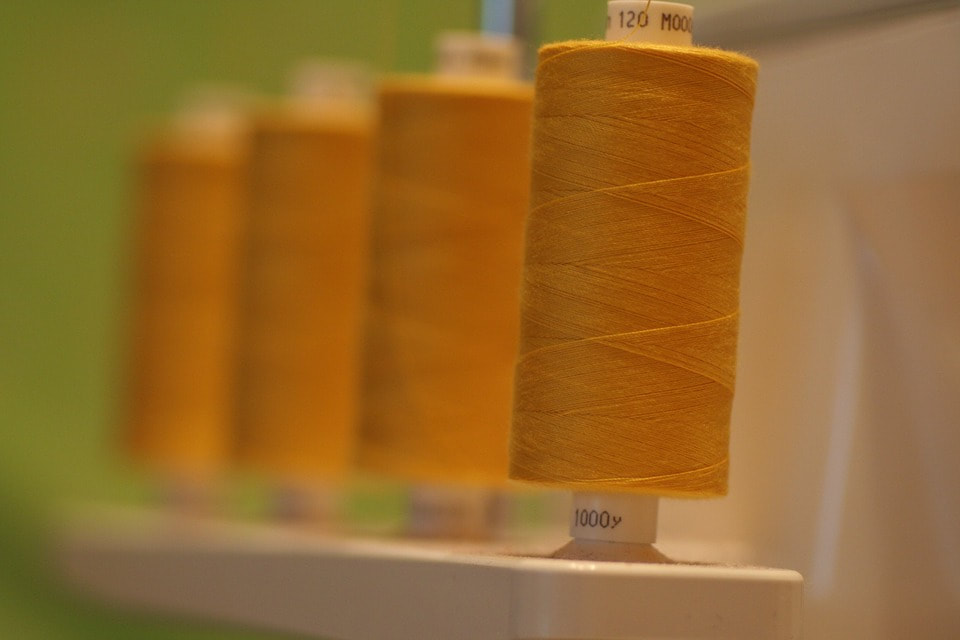
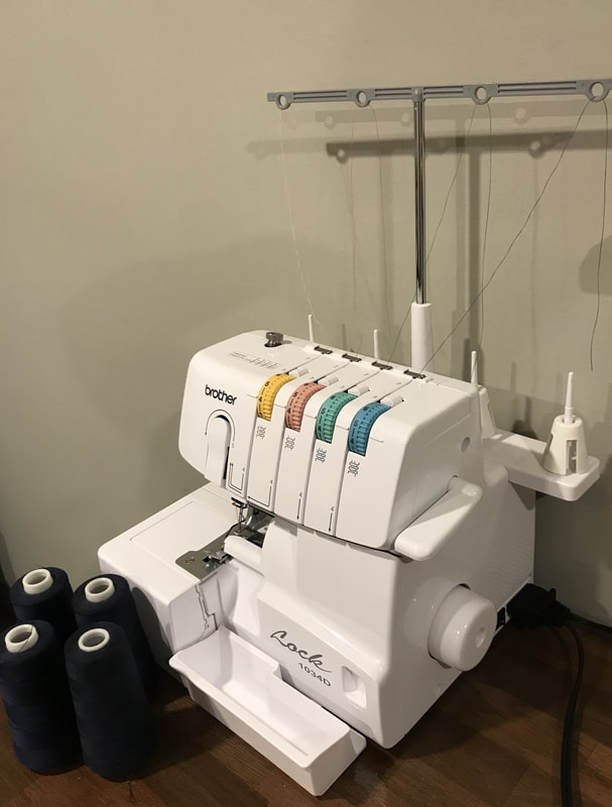
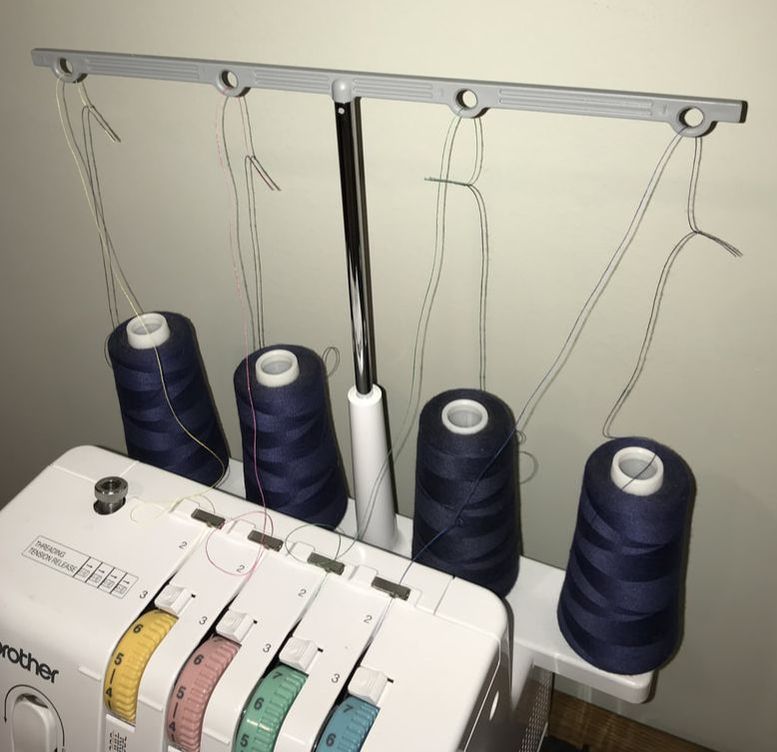

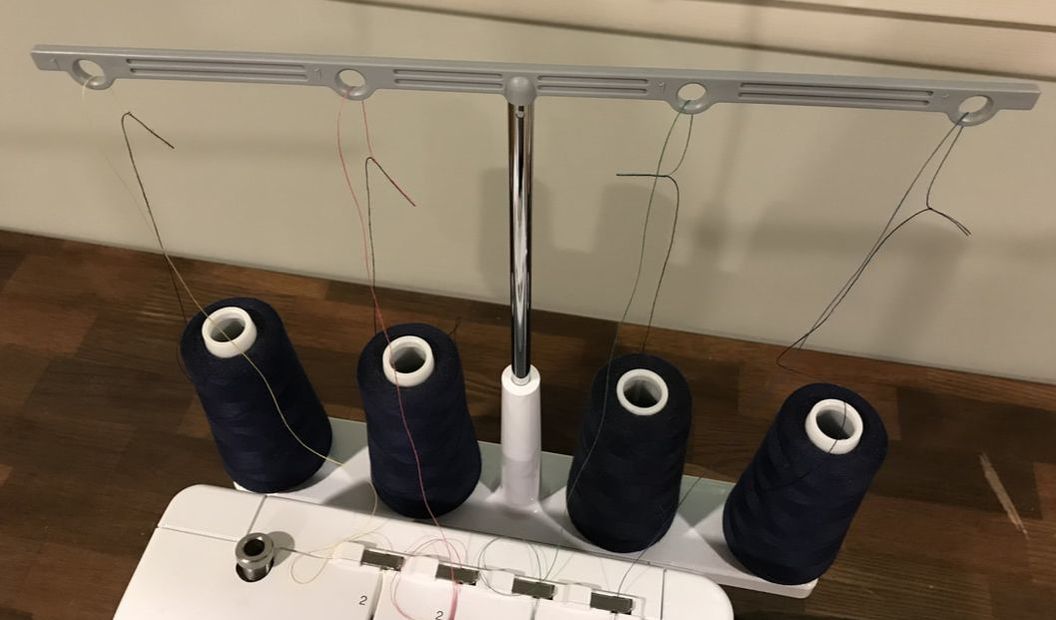

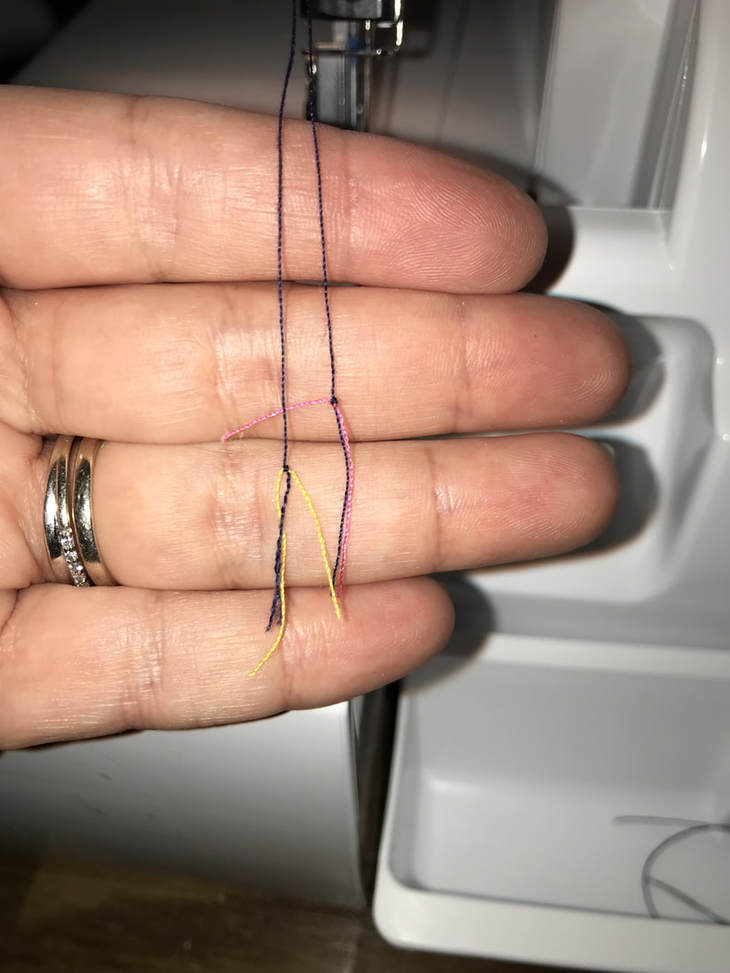
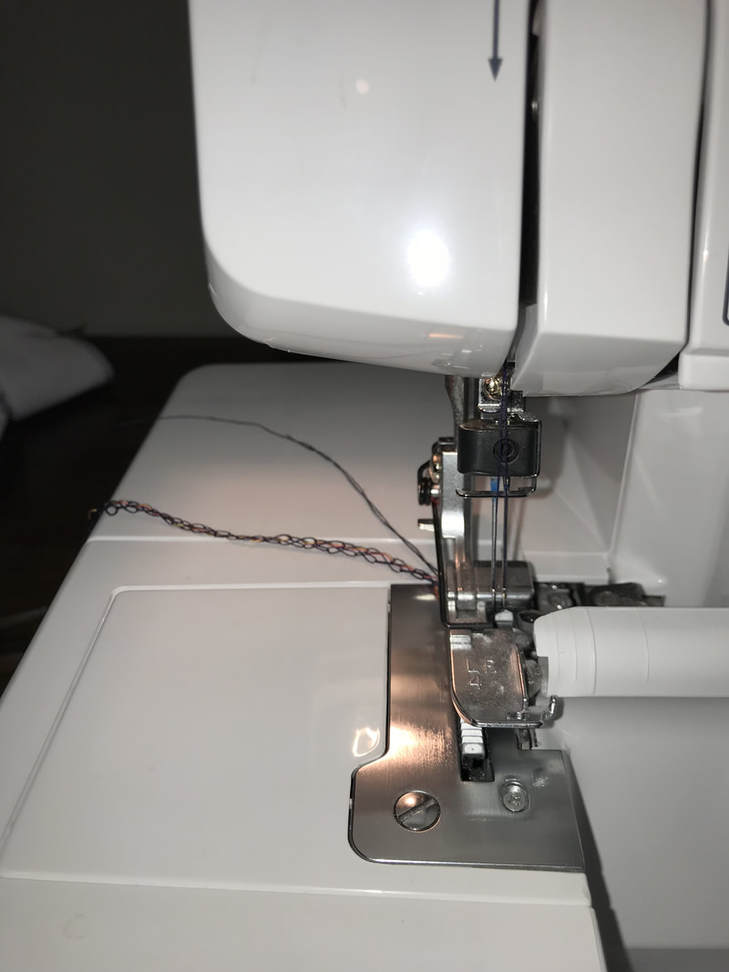
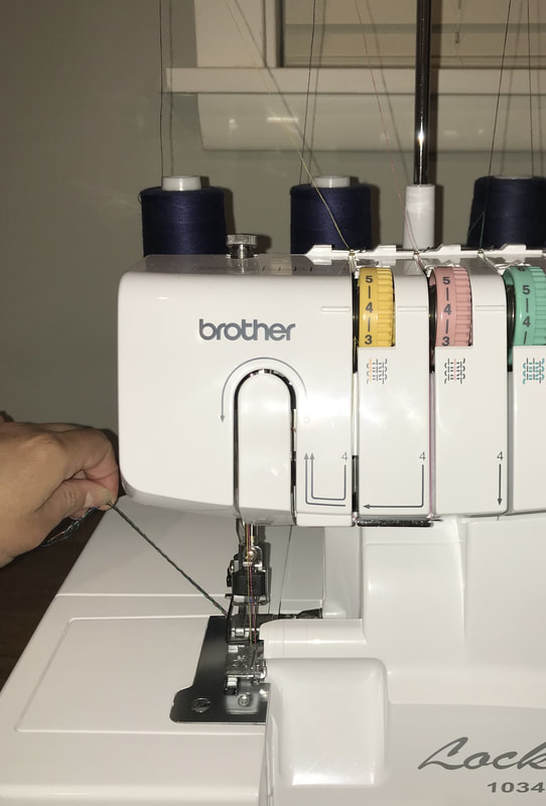
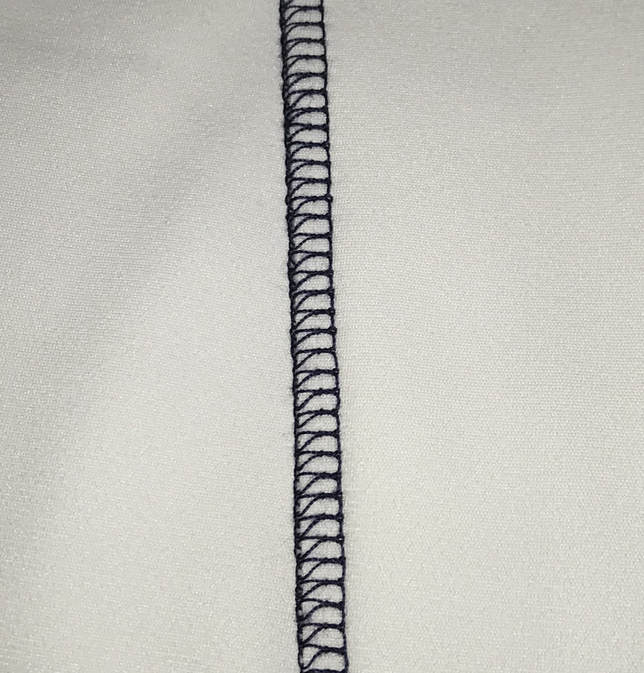

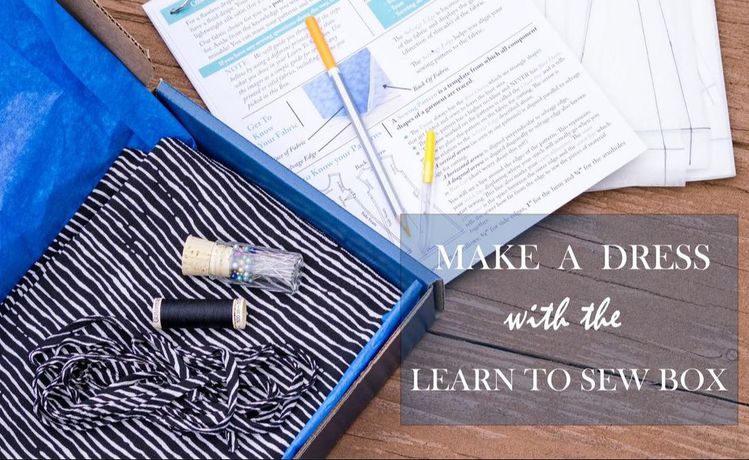


 RSS Feed
RSS Feed

